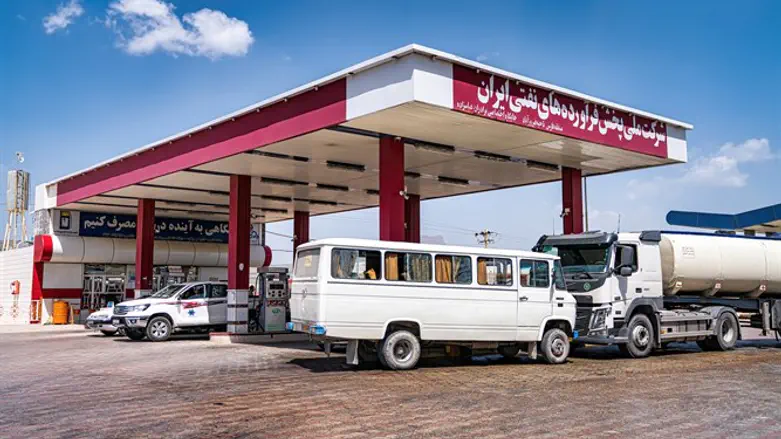
Fuel prices in Iran have been rising for a long time, and it has finally reached an all-time high. There are many influencing factors in oil pricing, but sanctions imposed by Western countries against Iran are mainly to blame for the continual price increases. As a result, inflation has also increased, affecting people's incomes, living standards, purchasing power, and ability to buy goods and services.
Index image creator - CTM petrol prices app
What’s Going On?
According to the latest data, fuel prices in Iran have increased by 50% since the beginning of this year as the cost of oil hits a two year high. Due to a lack of refining capacity and international sanctions, these rising prices are expected to continue. Iranian citizens have been living in a state where fuel prices are continuously high, since the country has faced economic sanctions from Western countries for nearly thirty years.
It’s difficult for many people to afford basic necessities such as food and shelter due to these high fuel prices. Furthermore, the continuous high fuel costs in the international markets as well as the government's decision to cut subsidies on petrol and natural gas have caused many worries for Iranian citizens. The protests across Tehran and other cities in Iran showed how deeply people were affected by these changes.
Aren't Iranian Gas Prices Among The Lowest In The World?
Although gasoline prices in Iran remain far lower than most other countries at $0.06 per litre (only Venezuela's gasoline prices are higher than Iran’s), this is only part of the story. For example, when you consider affordability compared to daily wages, Iran suddenly plummets to the bottom of the table. On average, Iranians spend 7.51% of their daily income on gas. In comparison, Americans only devote around 1.4% of their daily wages to gas.
The government's increase in fuel prices has caused Iranians to spend more of their disposable income, which has led to several knock-on effects. Some commentators argue that they are doing this under the guise of collecting money for the needy rather than paying off their enormous budget deficit. Whatever the reason, it’s the average citizen who is hit the hardest.
Which Products Are Most Likely To Be Affected?
A steep rise in fuel prices causes higher inflation, which impacts citizens' everyday lives. Moreover, it affects the prices of other essentials. Fuel price hikes have adversely affected the prices of essential commodities such as food and medicine. Fuel is the backbone of most economies, and when prices increase, that cost is typically passed on to the consumer. These increases can be absorbed in more developed countries to a certain extent, but the effects are far more disproportionate in less developed nations.
The government of Iran has been trying to mitigate this by implementing subsidies on certain goods and services impacted by high inflation rates. These include food staples like rice, sugar, cooking oil, and wheat flour, but these measures will only cover a small portion of all costs for Iranians.
When Can Iranians Expect This Price Rise To End?
This is a challenging question to answer because there are so many variables. However, with the inauguration of President Biden in the USA, there is a slight chance that his administration will reverse the severe sanctions put in place by his predecessor. If this is the case, it could prove to be a huge relief. Nevertheless, any reversal may be postponed due to Iranians electing a hardline cleric to the presidency who has a hostile view of the West and the USA in particular. If this stance continues, it’s likely that any renewed engagement will be weak at best and won’t make much difference to an economy already on its knees.
Is There Anything Consumers Can Do?
Unfortunately, there’s not much expectation of change for Iranians in the foreseeable future, and they’ll have to find ways to adapt to the situation. One option they could have is to boost their internal economy in an attempt to become more self-sustaining. Another possible solution for the Iranian government would be to stop the rampant fuel smuggling that has plagued the country over the years.
Iranian citizens should expect continued high fuel prices. Due to global demand for crude oil and a lack of production capacity, a considerable gap has developed between supply and demand. Unfortunately, the future looks bleak for those living in Iran today.